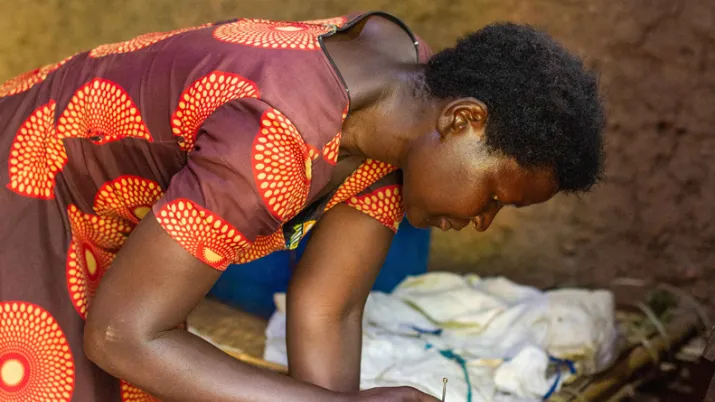Share the page
Otjikoto Biomass Power Station Project
Project


-
Project start date
-
Status
Ongoing
-
Project end date
-
-
Project duration
-
5 years
-
AFD financing amount
-
€ 100 000 000
-
Country and region
-
Location
-
Tsumeb, Otjikoto
-
Beneficiaries
-
NamPower; Namibia Nature Foundation

The Otjikoto Biomass Power Station Project aims to support Namibia's energy strategy while combating bush encroachment and restoring savannah-type ecosystems.
Context
Namibia faces two major challenges: heavy reliance on electricity imports and widespread bush encroachment, where fast-growing shrubs and small trees cover about 30% of the land. This reduces ecosystem services by degrading wildlife habitats, altering landscapes, limiting groundwater recharge (in an already water-stressed country), and shrinking grazing areas which is critical since agriculture is a key employer.
Namibia plans to restore 15.5 million hectares of savannah by 2030 through bush-harvesting measures, potentially cutting 2.3 MtCO₂e. The country’s strategy depends on sustainably using harvested bush to build a biomass sector. Turning bush into products such as woodchips can provide local, reliable power generation, supporting Namibia’s goals of energy security, reduced imports, and a diversified electricity mix with 70% renewable energy by 2030.
Description
The national electricity company, NamPower, intends to build a 40MW biomass power plant, powered by a FSC certified woodchip supply chain of the harvested bush. This project is a pilot, with potential for replicability in the sub-region. The project's strategy is to develop an economically and ecologically viable model for combating bush encroachment.
The components of the project are:
- The construction and implementation of a 40 MW biomass plant
- The development of an FSC certified sustainable biomass harvesting sector, and rehabilitation of savannah ecosystems and grazing areas
- The maximisation of environmental and social impacts, financed by a grant support from the French Fund for Global Environment (FFEM) and the Mitigation Action Facility (MAF), empowering local marginalized groups through training and professionalization.
Impacts
- National, dispatchable and baseload energy generation, thus contributing to energy independence from neighboring countries
- Biodiversity conservation, sustainable management of natural resources: Clearing invasive bush will restore grazin areas while retaining ecologically interesting shrub species, forming a «mosaic» system that will encourage the return of openland species and the maintenance of closeland species, as well as reducing the pressure on water resources.
- Climate change adaptation: the control and harvesting of invasive bush on arid savannahs is an adaptation measure that promotes groundwater recharge and improves livestock resilience through increased pasture productivity.
- Gender equality: the gender action plan of the project will help reduce gender inequalities.
Sustainable Development Goals
Affordable and Clean Energy
Goal 7 lies at the heart of today’s major challenges and tomorrow’s opportunities. Access to sustainable energy is essential not only for fighting climate change, but also for job creation, housing, connectivity, safety, food production, and more. This SDG represents a clear opportunity to transform lives, economies, and the planet.






